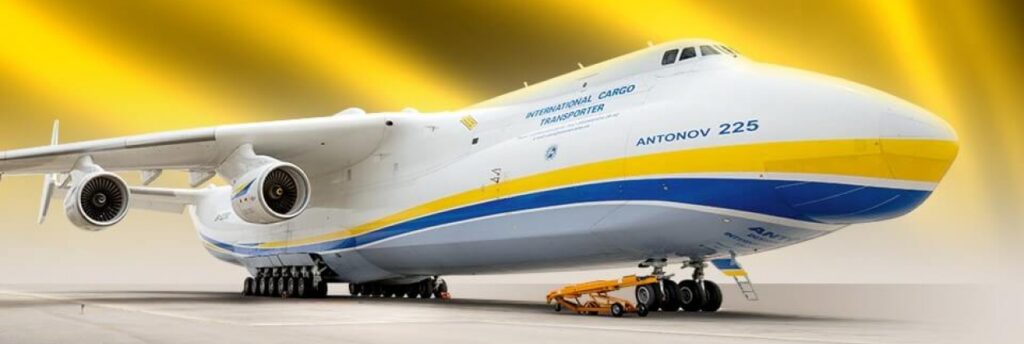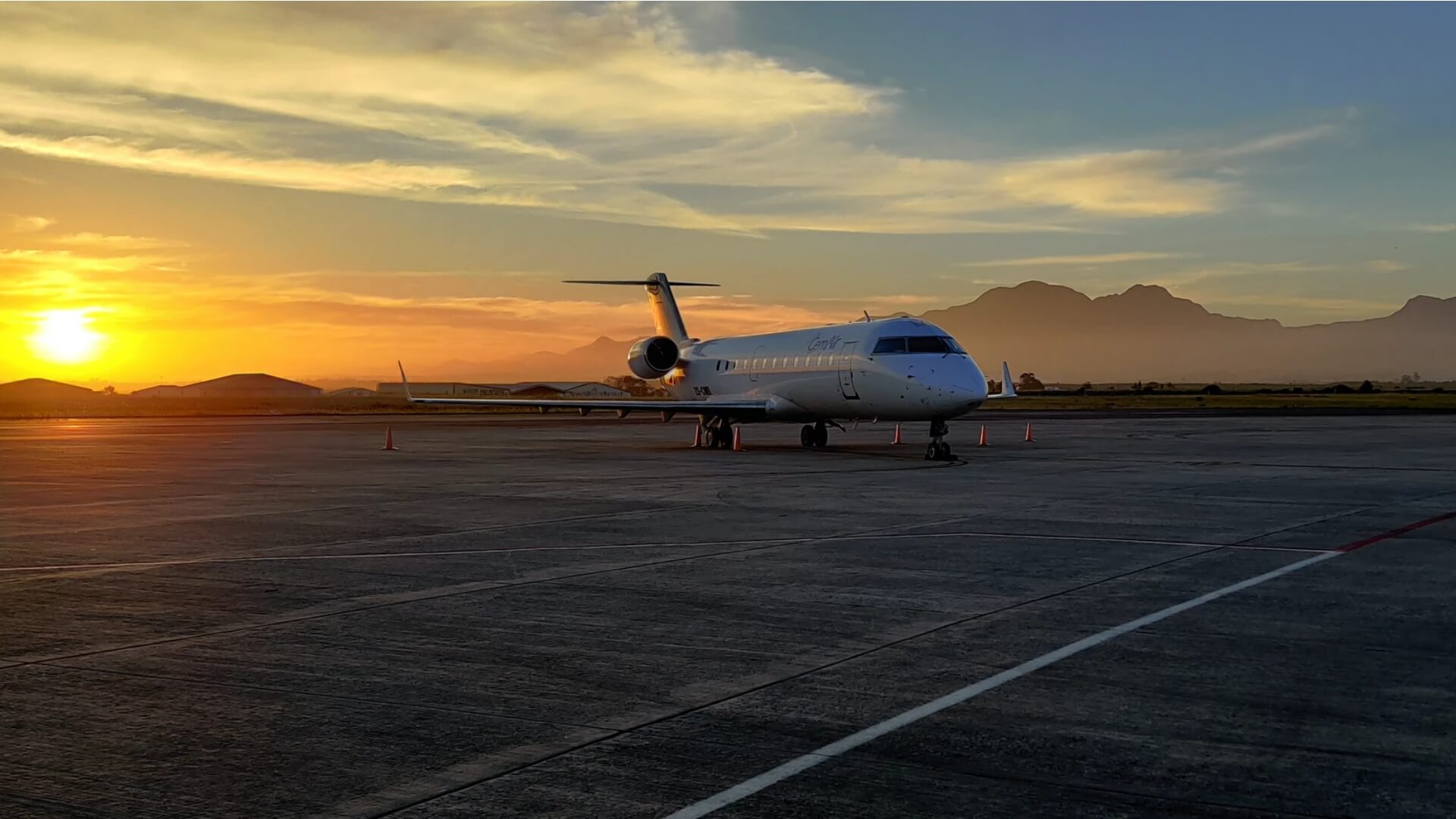Just as the global aviation sector appeared to be recovering from the COVID-19 pandemic, Russia invaded Ukraine, posing a new threat resulting in the deaths of thousands of people and the displacement of millions. Since the invasion began on February 24, 2022, Sky Luxe Aviation has taken a look at the key advancements in aviation over the last month. Here is the Impact of the invasion of Ukraine on global aviation.
As tensions between Russia and Ukraine escalated in early February 2022, numerous major airlines began cancelling flights to Kyiv, Ukraine’s capital. Because of the situation, Air France-KLM, Vueling, and Lufthansa Group airlines, including Lufthansa (LHAB) (LHA), Swiss, and Austrian Airlines, have all been cancelled flights to Kyiv-Boryspil International Airport (KBP).
Only Ukrainian International Airlines, Turkish Airlines, Latvian carrier airBaltic, and low-cost airlines Ryanair and Wizz Air were still operating flights to and from Ukrainian airports as of February 23, 2022.
Ukraine suspended its airspace to commercial flights on February 24, 2022, when bombers hit Boryspil International Airport. In the days that followed, Russian armed forces targeted a number of civilian airports in an attempt to isolate Ukraine from military and humanitarian support.
The European Union Aviation Safety Agency advised companies in the aviation sector to “exercise extreme caution and avoid using airspace within 100 nautical miles [185 kilometres – ed.] of the Bielorussian and Russia-Ukraine borders.”
Anyone looking at a flight-tracking website these days can’t help but notice the large empty space over Ukraine.

The one-of-a-kind An-225 Mriya was destroyed.
Hostomel Airport, located near Ukraine’s capital city of Kyiv, was attacked on the first day of the invasion. The alleged goal of the Russian paratroopers deployed to the site was to establish a bridgehead for additional troops to be flown in.
The Antonov An-225 Mriya was severely damaged during the battle for Hostomel’s control. The Mriya was not only one-of-a-kind; as the world’s largest and most powerful aircraft, it provided unrivalled capabilities in terms of transportable volume and mass, making it an invaluable loss for the air cargo industry.
Antonov, the aircraft’s manufacturer, has since launched a fundraising campaign to help rebuild the aircraft.
Extensive detours to avoid Russian airspace
As part of the sanctions imposed on Russia for the invasion, Moldova, the United Kingdom, and the European Union each banned all Russian airlines from their airspace.
In retaliation, Russia announced the closure of its airspace to 36 countries.
Most European airlines’ Asian routes were impacted as a result of this. Finnair, for example, warned that the closure would have a significant impact on its operations. Indeed, the Finnish airline’s core business is connecting European and Asian destinations via its hub in Helsinki, which means that all of its key routes pass through Russian airspace.
The region’s aviation safety regulator has warned of increased GPS jamming incidents linked to the conflict, complicating airline planning in European airspace. As a result, some planes have had to change routes or even divert.
Russian aviation is no longer receiving assistance.
Meanwhile, sanctions have raised concerns about Russia’s ability to keep its planes in the air. Boeing and Airbus both suspended support for Russian airlines’ aircraft, including parts provision, maintenance, and technical support.
As a result, Russia has revived domestic aircraft programs such as the Soviet-era Ilyushin Il-96 and Tupolev Tu-214, as well as increased efforts on the Sukhoi Superjet 100.
It appears that Russia will soon be forced to cannibalize aircraft for spare parts. According to multiple reports, low-cost carrier Pobeda, a subsidiary of the Aeroflot group, is reducing its operating fleet of Boeing 737-800 aircraft from 41 to 25. The 16 aircraft will be grounded until the end of 2022 and will be used to provide spare parts in the event that the active fleet requires maintenance.
The commercial aviation industry was not the only one affected by the crisis. Bombardier, a Canadian business jet manufacturer, announced the cancellation of an unspecified number of executive jet orders from Russian customers.
Leased aircraft are held in Russia.
Meanwhile, sanctions prohibiting the sale or lease of aircraft to Russian companies have had a significant impact on EU-based aircraft lessors. While they have cancelled contracts and demanded the return of their assets, removing the planes from Russia is proving difficult.
The fleets of Russia’s three largest airlines are primarily made up of Airbus and Boeing aircraft, with a few indigenous jets in the form of the Sukhoi Superjet and a few Soviet-era Tupolev airliners. According to aviation consultancy firm IBA, Russian companies operate at least 589 aircraft affected by the sanctions, representing a $10 billion fleet.


